
Traveling through Yunnan’s highland destinations—Shangri-La, Meili Snow Mountain, Tiger Leaping Gorge—offers breathtaking views but also exposes you to elevations above 3,000 m. Rapid ascent into low-oxygen, low-pressure environments can trigger high altitude sickness (acute mountain sickness, AMS). Understanding its causes, symptoms, and prevention strategies will help you enjoy Yunnan safely.
1. What Is High Altitude Sickness?
High altitude sickness (also called acute mountain sickness) occurs when the body cannot acclimatize quickly to reduced oxygen levels at elevations above 3,000 m. Its severity ranges from mild headaches and nausea to life-threatening pulmonary or cerebral edema.
2. Why It Happens
- Rapid Ascent: Climbing too fast gives your body little time to adjust.
- Elevation & Exposure Time: Incidence peaks within 6–24 hours of arrival above 3,000 m.
- Individual Factors: Physical fitness has limited impact; obese men may face higher risk. Prior AMS history also increases susceptibility.
3. Common Symptoms
Mild to Moderate AMS (within 12–24 hrs):
- Headache, dizziness
- Nausea, vomiting
- Fatigue, loss of appetite
- Shortness of breath
- Sleep disturbances
Severe AMS / Life-Threatening Signs:
- Confusion, irritability
- Inability to walk or coordinate
- Persistent cough with frothy sputum
- Severe breathlessness at rest
- Possible coma (in high-altitude cerebral or pulmonary edema)
4. Who Is at Risk
- First-time Visitors from Low Altitudes
- Rapid Climbers
- Individuals with Prior AMS Episodes
- Those with Cardiopulmonary Conditions (should consult a doctor before travel)
5. Prevention Strategies
- Gradual Ascent & Acclimatization
- Limit daily elevation gain to 300–500 m once above 3,000 m.
- Rest one night for every 1,000 m gained.
- Hydration & Nutrition
- Drink ≥3 L of water daily; favor carbohydrates for energy.
- Avoid alcohol, tobacco, and sedatives (e.g., sleeping pills) during initial days.
- Light Activity on Arrival
- Only mild exercise (short walks) for the first 24–48 hrs.
- Medication Prophylaxis
- Acetazolamide: Common prescription to speed acclimatization.
- Rhodiola rosea (Hong Jing Tian): Traditional herbal supplement sometimes used in advance.
6. Treatment & Emergency Response
- Mild AMS: Rest, hydration, over-the-counter pain relief (acetaminophen or ibuprofen).
- Moderate to Severe AMS:
- Descend Immediately to a lower elevation (≥500–1,000 m).
- Administer supplemental oxygen if available.
- Seek medical evacuation or treatment for pulmonary/cerebral edema.
7. Practical Tips for Yunnan Travelers
- Carry a portable oxygen canister or arrange rental through local hotels.
- Pack a first-aid kit including altitude-sickness medication.
- Monitor your group daily for evolving symptoms.
- Inform guides or companions at first signs—never ascend further until symptoms improve.
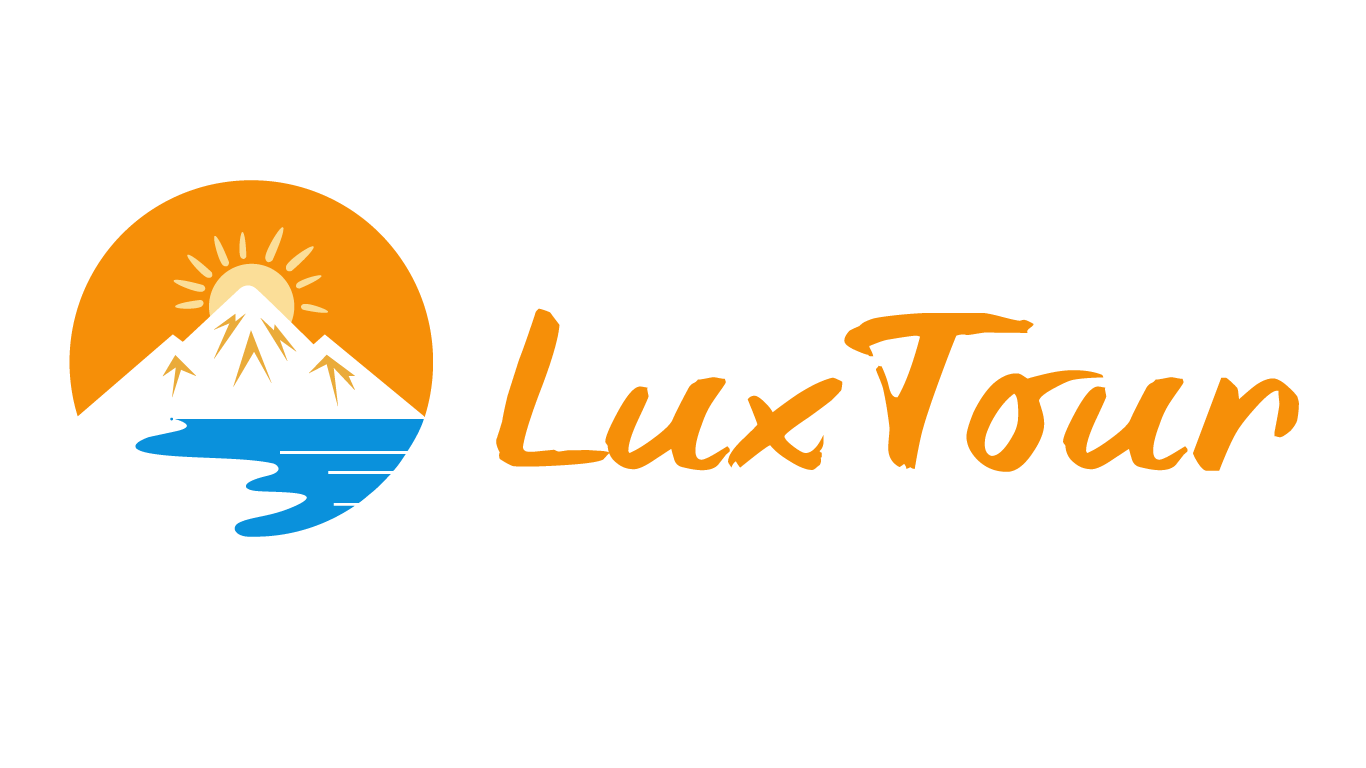
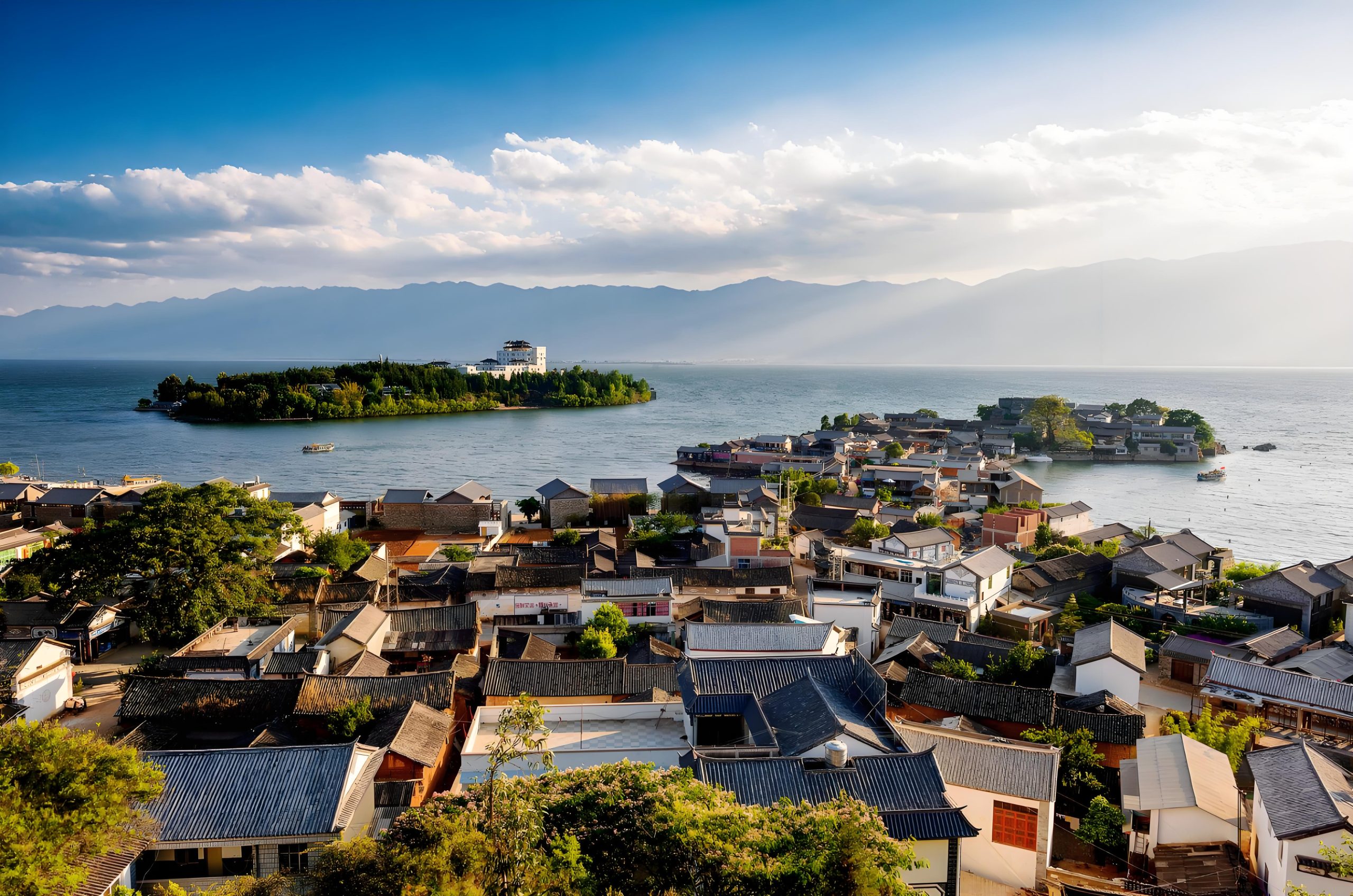
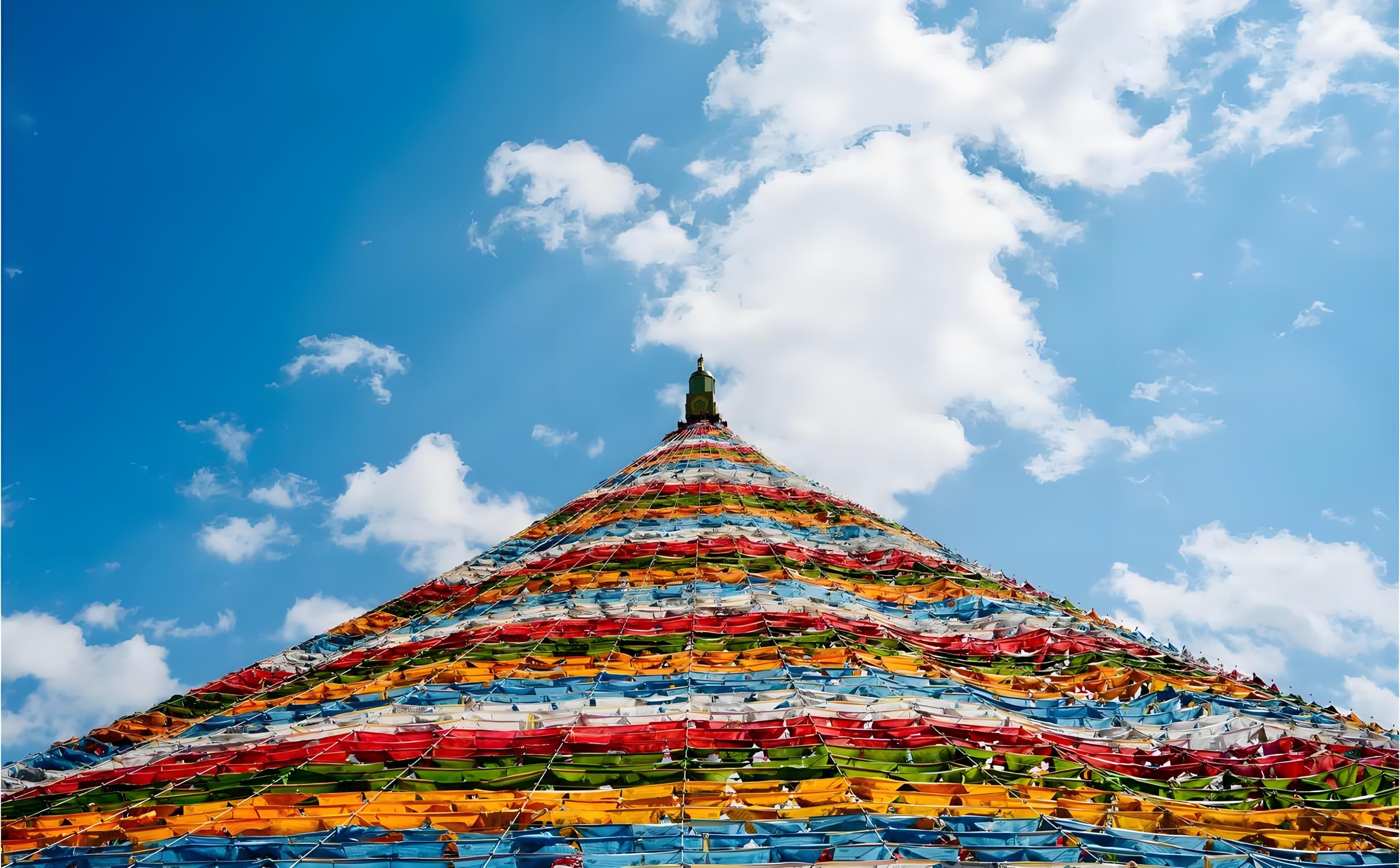

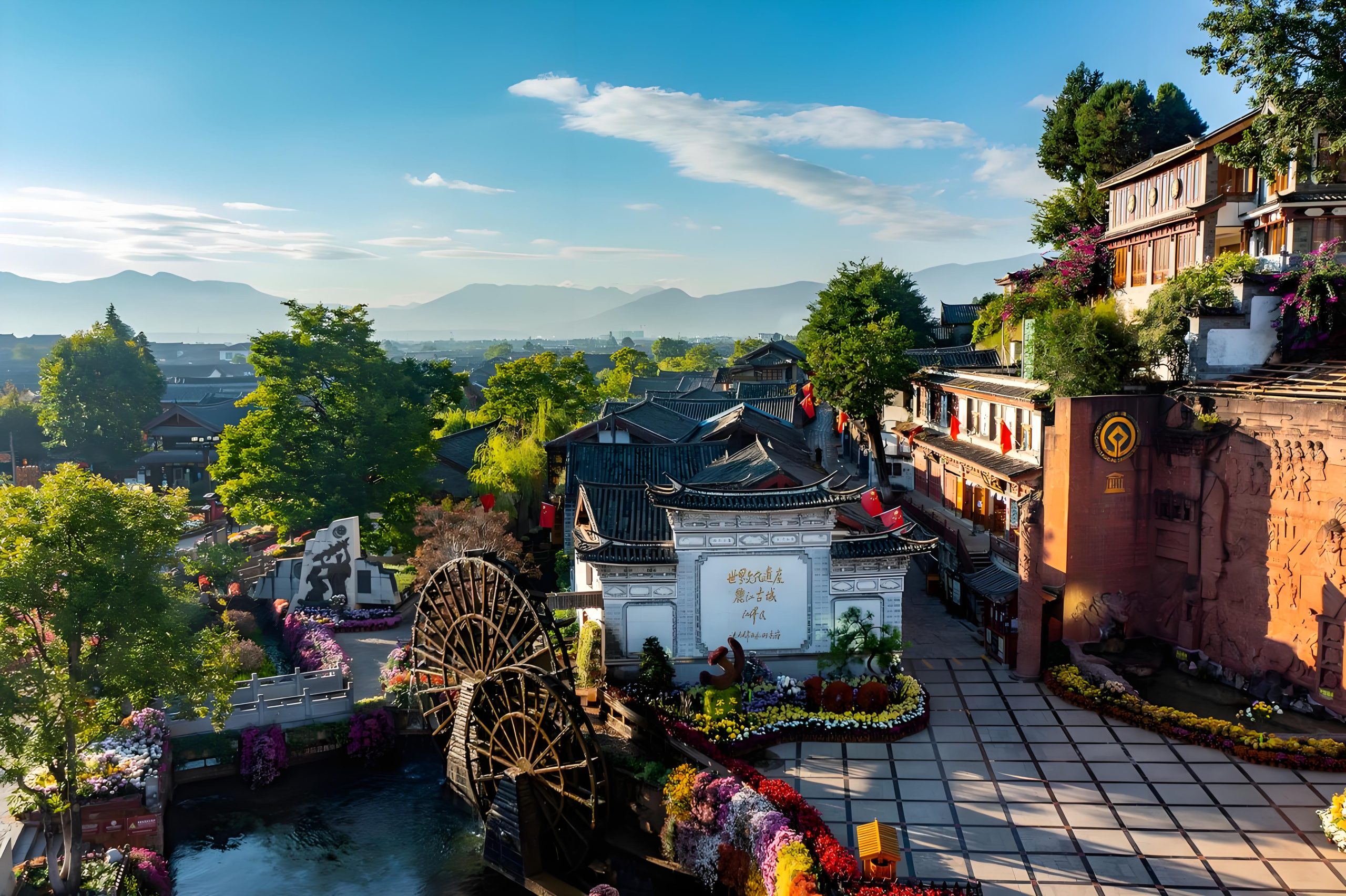
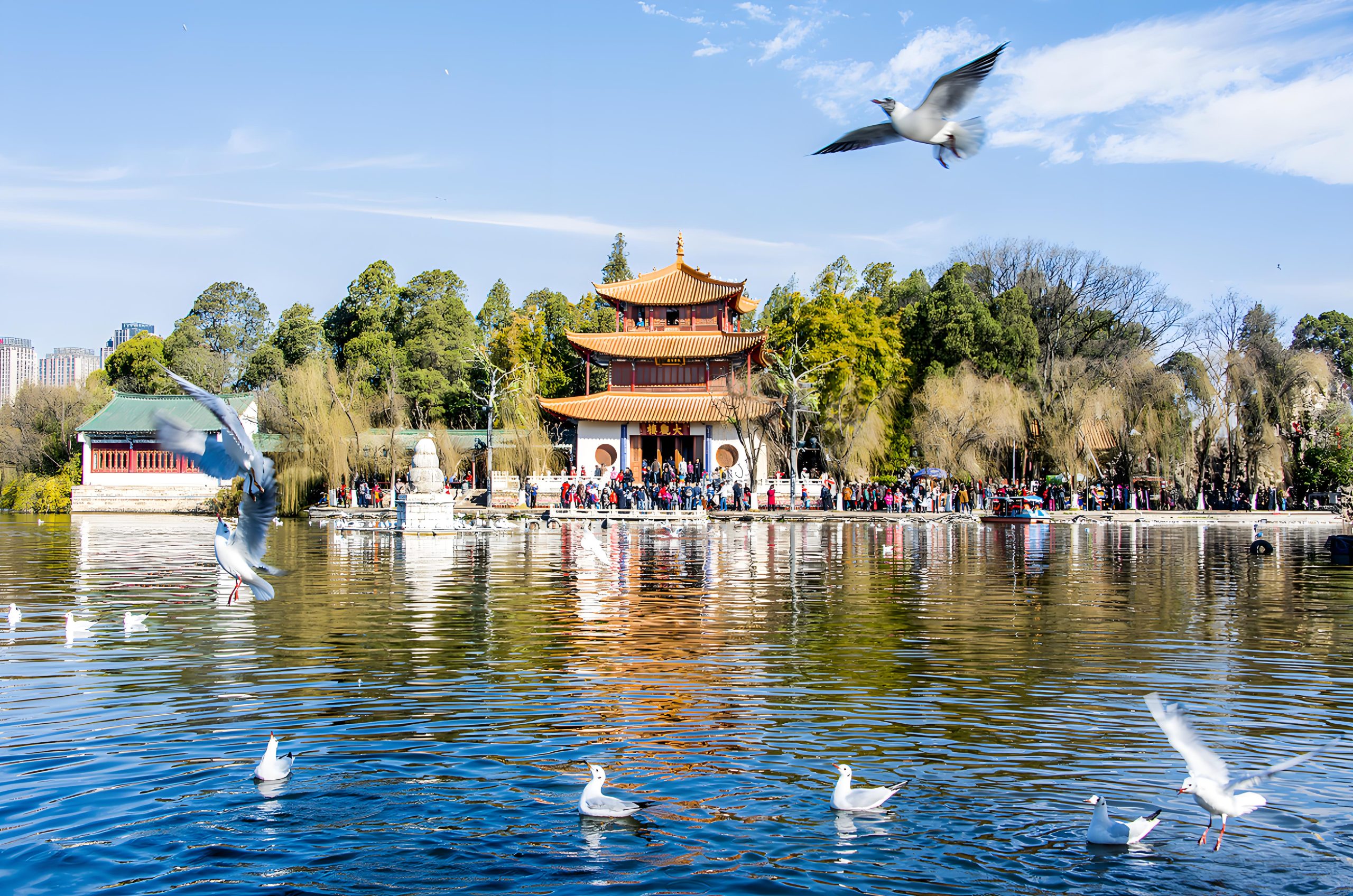
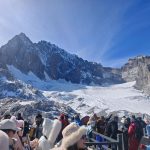
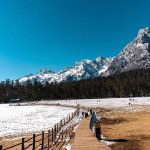
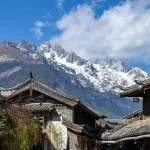


Leave a comment: